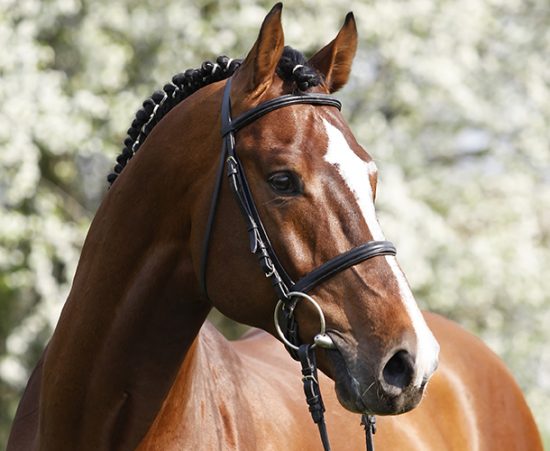TRM’s Top Tips for Clipping
Before you start:
- A good coat comes from the inside out! Feeding a premium quality feed oil a few weeks in advance will really make the job of clipping all the more satisfying when that shine comes through!
- Regular, thorough grooming will also stimulate the hair follicles as well as remove excess dirt and dust.
- If weather permits a good bath the day before will also assist in removing dead hair and dirt. Having a clean coat to start with will reduce the chances of ‘lines’ appearing.
- Finding out how your horse will react to the clippers just being switched on and the machine moved across his body is a worth while exercise to do a few days out. This can be a form of desensitisation if done regularly, before you even start to clip!
- Some horse may need a little help to stay relaxed during the process and a calming product such as TRM’s GOOD AS GOLD PASTE given the day before and the day of clipping can just take the edge of a horse to allow for a more pleasurable experience all round!

Getting Started:
- Make sure your clipper blades are sharp and clean before you start, having a spare pair of blades is always a good idea, nothing like ‘hot’ blades to make a horse fidgety!
- Pick your moment, choose a quiet day in the yard and a place with low traffic, ensure others know you are clipping so there are no surprise visitors to cause you or your horse to jump! A bright day and good lighting are essential.
- Be organised – ensure you have everything to hand before you start, extension leads, oil, brushes, stool etc.
- If doing a full body clip allow at least 2 hours. If doing a partial clip such as a trace or hunter clip marking out the cut lines with damp chalk will really help speed up the process.

Get Clipping:
- Start slow and be patient, the noise and the sensation of the clippers can be very scary.
- Start clipping on the bottom of the shoulder muscle. Avoid clipping the face, elbow area, legs and stomach area until the horse is comfortable and relaxed.
- Always clip against the direction of the hair, whirls can be tricky!
- Hold the weight of the clippers and let the blades glide through the hair, don’t press down hard.
- Watch the corners of the clipper blades, and don’t accidental ‘poke’ your horse with them.
- The clipper blades may get hot as you work, to minimise this, oil and brush blades frequently. If you can’t comfortably touch the turned-off blades with the back of your hand, they’re too hot and should be left to cool down, otherwise you’re at risk of burning your horse.
- Standing on a step will help you achieve a correct clip along your horse’s top line.
- To get an even clip in the folds of your horse’s elbow without nicking his skin, ask an assistant to hold his foreleg forwards. They should hold him securely under the knee in case he tries to move – this can also stop him kicking out when you’re clipping sensitive areas.
- Consider switching to small trimmers to clip his face and legs. These are quieter and less intrusive than standard clippers, so many horses are happier having them around their face. Take care in these areas because there are projecting bones to clip around, making it easier to nick his skin.

Post Clipping:
- Stand back and check once more for any ‘missed bits’, there is nothing more frustrating than seeing a bit you missed after you have but all the clipping gear away.
- Hot clothing your horse when you’re done will remove loose hair clippings from his coat, which could cause irritation. Adding some Apple Cider Vinegar to the warm water will help dissolve any grim, clean any nicks caused by clipping and bring an added shine to the finished coat.
- When you’re finished, remove the blades, and clean and oil them. Brush any hair from the clippers and oil all moving parts before storing both the clippers and the blades in a safe, dry place. This means they are ready to use next time you come to clip.
Facebook
Twitter
LinkedIn






